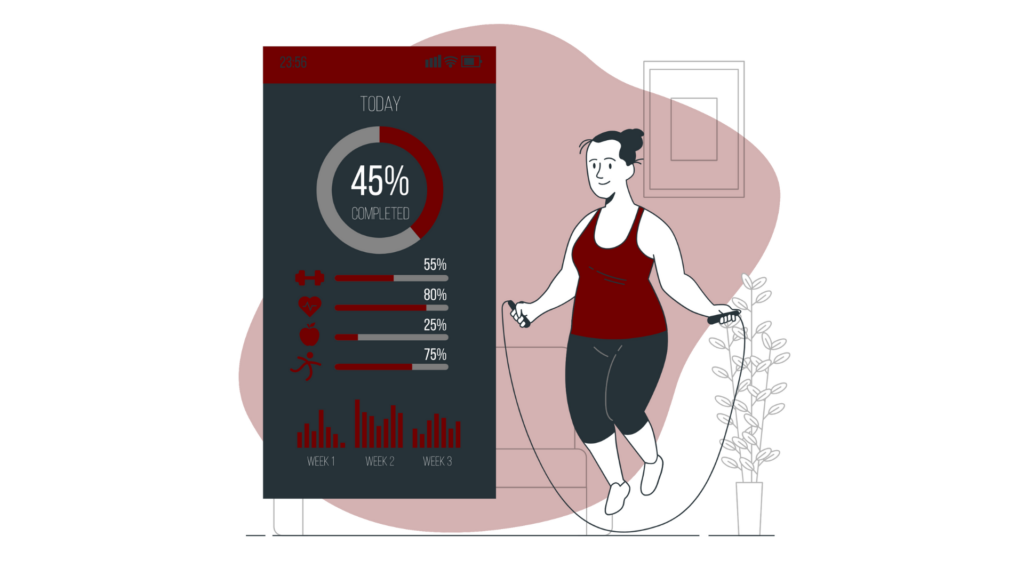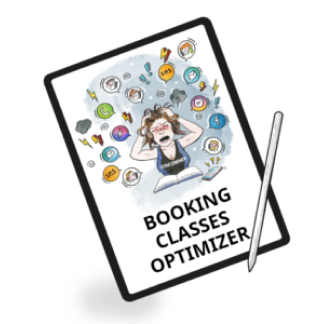Technology is developing and you feel like you’re falling behind? As the owner of a gym or other fitness club, you sureply want to offer your clients conveniences and technological innovations. Create a fitness app!
If you’re not the IT type, you can outsource the service. The most important thing is that the app promotes your brand and monetizes your knowledge. Stay with us and in this article you will learn everything about it. Let’s build a fitness app together!
What is a fitness app?
It’s a software application designed to assist users in tracking and managing their fitness actions:
- physical activity,
- exercise routines,
- overall health goals.
There are different types of this kind of software: nutrition apps, workout apps and other fitness apps. If you want to operate under your name and logo, learn more about a custom branded fitness app.
The apps often offer features such as:
- workout plans with videos,
- calorie counters,
- progress tracking,
- gym reporting,
- sometimes even social networking to connect with other fitness users.

Why is it worth creating a fitness app as a gym owner?
Fitness digital marketing, communication, management and equipment are facts these days. We can fight it or let the current carry us. However, it seems that it is worth moving with the tide. See: there are numerous benefits of having your own app, being a fitness professional. It is:
- an additional channel to engage with members outside of the gym if you don’t know, for example, how to get personal training clients
- a way to monetize your knowledge and experience among fitness enthusiasts
- a platform for online personal training sessions (personal training software)
- website shop integration
- and others
Growing Market:
The global fitness app market size is projected to reach $15.96 billion by 2027, with a CAGR of 21.6% from 2020 to 2027.
Data Source: Grand View Research
How to create a fitness app step by step
Probably the first idea which comes to your mind is the fact that you are DEFINITELY NOT an IT type of person. This shouldn’t be a reason for you to worry. You, as the originator of your own fitness app, only need to have an idea for it. Let the professionals take care of the rest.

The question nowadays, in a very competitive environment, is not only ‘How to create a workout app?’. It should be ‘How to create a winning workout app?’ Building a fitness app takes some steps to make it:
- functional
- user-friendly
- engaging
- recommendable
Here’s a simplified overview in 13 steps:
Step 1: Define Your Concept and Goals
Identify your target audience. Determine the app’s primary purpose (e.g., workout tracking, nutrition, coaching). Do it just like you describe your target in a business plan.
Gender Demographics: Around 45% of fitness app users are female, indicating a balanced gender demographic.
Data Source: Statista
Age Distribution: The largest age group among fitness app users is 25 to 34 years old, accounting for approximately 38% of the total user base.
Data Source: Statista
Step 2: Create a Detailed Plan
A fitness app development begins with creating a comprehensive project plan. Include all the features you need, functionalities, and user experience (UX) design.
Step 3: Do the Market Research
Identify the strengths and weaknesses of your idea in comparison to the competitors. Write down all the opportunities and threats of the fitness app market. Sounds familiar? Yes! Conduct a SWOT analysis!

Step 4: Plan and think about the costs
According to fitness app branch materials, fitness app development when hiring a developer can cost you about 10-20 000 $ and take 3-6 months. Not to mention additional costs for maintenance. So… building your own fitness app this way can ultimately cost as much as 6-figures.
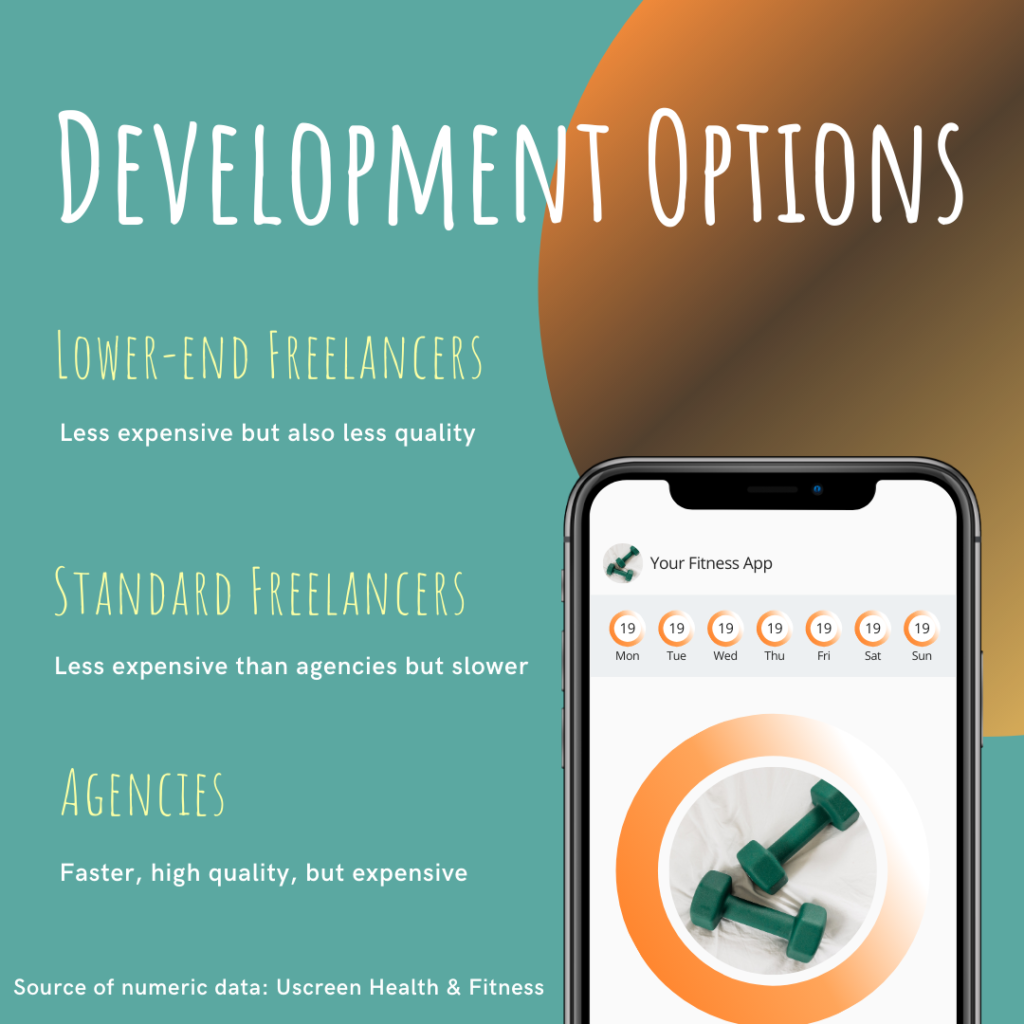
How much does it cost to create a fitness app?
The cost of creating your own workout app will be different according to many factors:
- the app’s complexity
- the number of features
- other cost drivers
Below we provide an estimate of the cost for each activity you might want to have in your fitness app idea. There is a basic set of features included. No add-ons taken into account.
| Feature | Development time, hours | Backend development time, hours | Approx. cost, $ |
|---|---|---|---|
| Sign in / Sign up | 42 | 32 | 3700 |
| Adding personal info (gym membership management software) | 32 | 16 | 2400 |
| Profile | 56 | 18 | 3700 |
| Home screen | 72 | 32 | 5200 |
| Workouts | 96 | 56 | 7600 |
| Nutrition | 96 | 40 | 6800 |
| Dashboards/reports | 96 | 72 | 8400 |
| Notifications | 24 | 20 | 2200 |
| Subscriptions | 56 | 56 | 5600 |
| Architecture | 56 | 32 | 4400 |
| Server interaction & API | 46 | – | 2300 |
| Database | 24 | 16 | 2000 |
| Admin panel (gym automation system) | 156 | 110 | 13300 |
| Total | 852 | 500 | 67600 |
Looking at the table above, we suppose a fitness app development will cost you around $67,600. Other sources claim, $60,000 — $160,000 is a price range, depending on whether the specialists need to implement inside the fitness app:
- AI/ML technology (e.g., to recognize user movements during exercises)
- support BLE and various hardware connectivity
- include voice integration and video streaming, etc.
Step 5: Apply a ready-to-use gym app
So high the price is, and so long the waiting time?! Looks like we’ve got something better for you!
Instead of creating one, it is better to use a ready-to-use one. A highly recommended option on the IT-fitness market is a gym membership app by WodGuru.
Why?
For its convenience, saving time and money, reasonable price and great support!
Step 6: Prototype & User Test
Create a prototype that you are not releasing yet. Let your friends and family, but also specialists, check it out. Remember to hire other specialists than those who designed the workout app!

Step 7: Choose the Right Technology Stack
Select the adequate programming languages, frameworks, and tools for development. Consider cross-platform development. This is how you can get a broader reach.
Step 8: Develop Features
Implement core features. The most important are, for example:
- user registration
- profile creation
- workout tracking
- progress monitoring
Ensure data security and privacy compliance!
If you want to know more about possible and key features of a fitness app, keep on reading!
Step 9: Design compelling UI/UX
Remember about a user-friendly interface with an intuitive navigation. Focus on creating a visually attractive and responsive design.
Success Metrics: The average rating of top fitness apps on app stores is around 4.5 stars, highlighting the importance of delivering high-quality user experiences.
Data Source: App Annie

Step 10: Integrate APIs and Third-Party Services
Integrate APIs for functionalities which can be:
- geolocation
- health data
- social sharing
Incorporate payment gateways for premium features or subscriptions.
Step 11: Testing and Quality Assurance
Perform rigorous testing to identify and fix bugs. Test the usability and gather feedback from beta users.
Beta testers
are “real” users and conduct their testing in a production environment running on the same hardware, networks, etc., as the final release.
Step 12: Launch the App & Perform Its Marketing
Publish your app on app stores (Google Play Store, Apple App Store). Think about a marketing strategy.
Step 13: Remember About Continuous Improvement
Fitness app development doesn’t finish here! You need to gather user feedback and analyze app usage data. Update the app regularly to fix issues, add new features, and enhance user experience.
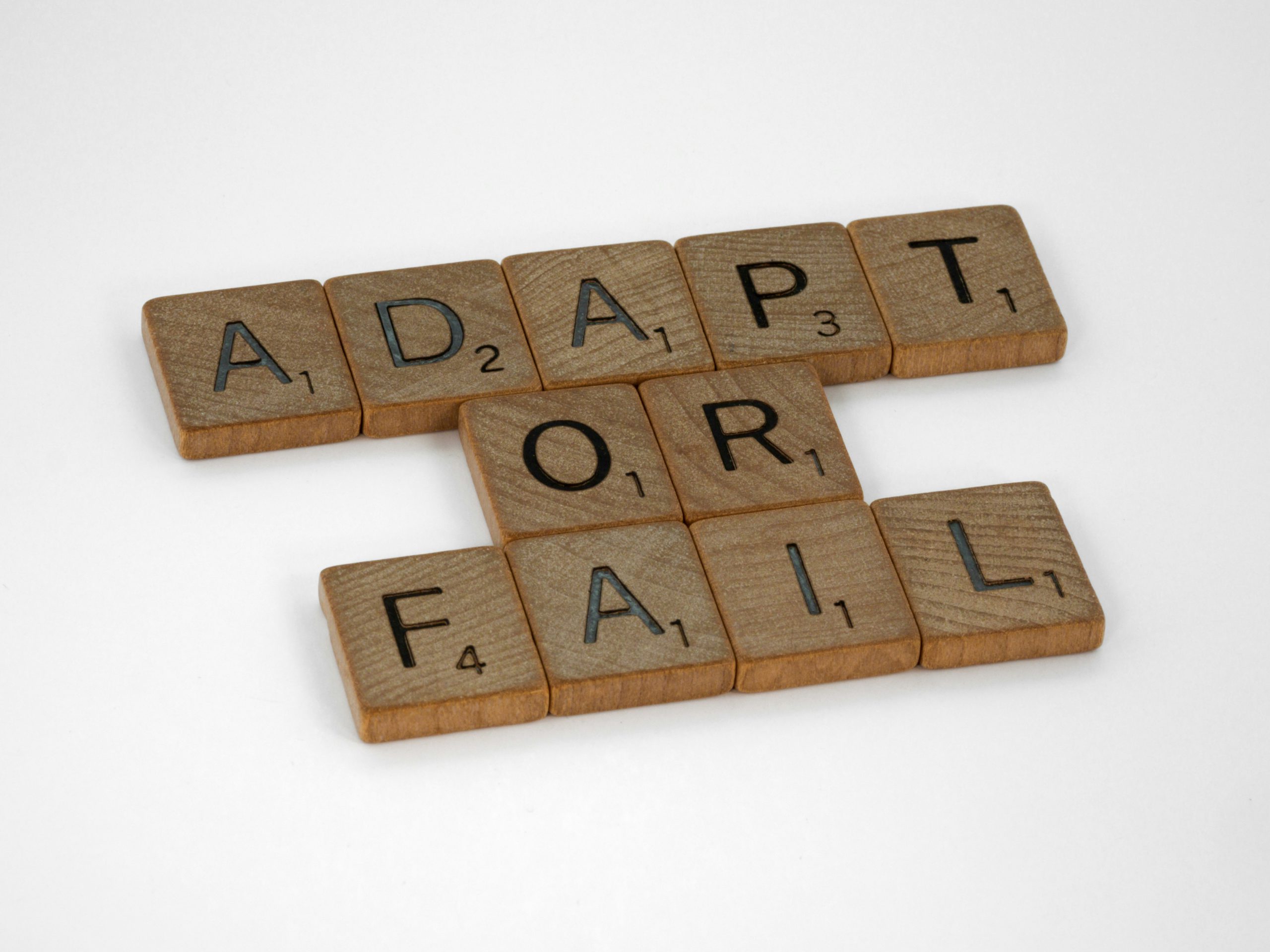
Remember that building a fitness app is an ongoing process. It’s essential to stay updated with fitness trends, technology advancements, and user preferences to ensure the app remains relevant and competitive in the market.
Types Of Fitness Apps
Are you planning to create your own app, but you are not yet sure what exactly it should be? Here is a short list of possibilities.
Activity Tracking Apps
- help you keep track of how much you move each day, like counting your steps or monitoring your heart rate.
Diet & Nutrition Apps
- help you plan what you eat and make sure you’re getting all the right nutrients to stay healthy.
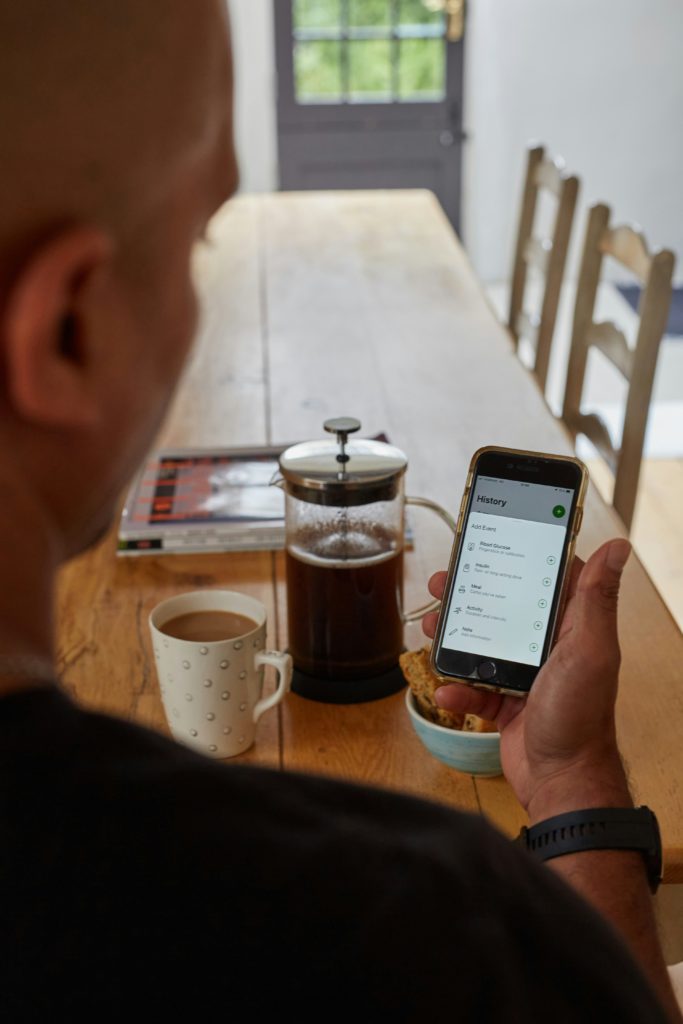
Workout Apps
- give you exercises to do at home or in the gym, with instructions to help you get fit.
Smart coach apps
- give you personalized advice on how to improve your health and reach your fitness goals.
- use real-time pose tracking and estimation to analyze users’ movements and give feedback on their exercise technique.
Meditation apps
- guide you through relaxation exercises to reduce stress and improve your mental well-being.
- owes some of its popularity to growing stress worldwide; for instance, around 87% of US adults feel overwhelmed due to prolonged stress and economic crises.

Yoga apps
- teach you yoga poses and breathing techniques to increase flexibility and inner peace.
- usually include audio-guided yoga sessions, structured yoga training plans, and pose reference guides.
Move-to-earn apps
- reward you for being active, like walking or cycling, by giving you points or money that you can use for rewards or donations.
- rewards can then be used to make in-app purchases. Users can also trade their rewards on exchanges or use them to invest in other cryptocurrencies.
Trainer’s or gym’s app
An own gym’s or trainer’s app is software that helps you organize your work. It may include features such as:
- website schedule integration
- personal training
- payment processing
- online classes
- scheduling
- waitlist
- and many others
Essential Features In A Fitness App
If your fitness app fails to provide diverse workout options, exercises, or food items, the user will quickly switch to another solution.
Popular Features: According to a survey, the most desired features in fitness apps include workout tracking (83%), progress tracking (76%), and personalized workout plans (68%).
Data Source: Statista
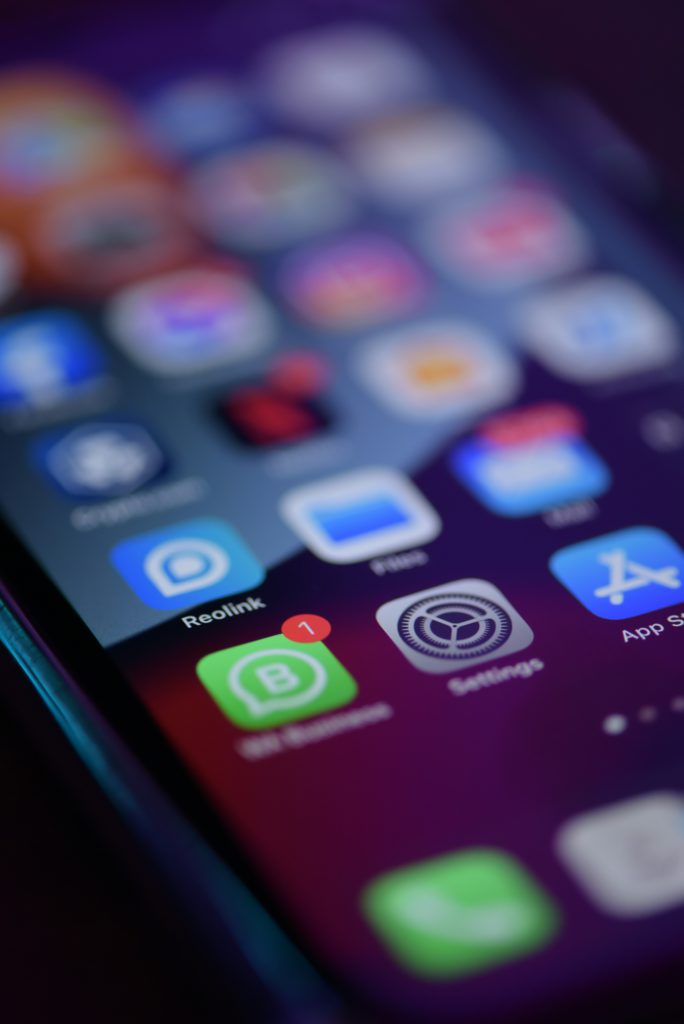
| Notifications & reminders | Alert you with messages or alarms to keep you updated on important events or tasks within the app |
| Logging in & out | Allows you to securely access and exit the app using your credentials for personalized experiences. |
| Profile or profiles | Enable multiple users to create and manage their own individual accounts within the app, customizing preferences and tracking progress separately. |
| Integration with audio streaming apps | Let you use your favorite music during workouts, switch between the tracks, pause, shuffle, etc. |
| Tracking | Keeps a record of your activities, progress, or data inputs over time for analysis and review. |
| Third-Party Device Connectivity | Enables the app to sync with external devices like fitness trackers or smartwatches to gather additional data but also e. g. to pay online quickly and comfortably |
| Records | Store your past achievements, performances, or milestones for reference and comparison. |
| Workout menu | Presents a selection of exercises or routines for users to choose from based on their preferences or goals. |
| Fitness database | Contains a comprehensive collection of exercises, nutritional information, or health-related content for users to access and explore. |
| Live streaming | Allows users to participate in real-time fitness classes, workshops, or events within the app for interactive experiences. |
| Leaderboards | Display rankings or scores of users based on their performance, encouraging competition and motivation among the community. |
| Educational content | Offers informative articles, videos, or tutorials to help users learn about fitness, nutrition, or wellness topics. |
| Goal setting | Enables users to establish specific objectives or targets to work towards, providing direction and motivation for their fitness journey. |

Monetization Strategies For Fitness Apps
Revenue Models: The primary revenue models for fitness apps include freemium (61%), subscription-based (29%), and one-time purchase (10%).
Data Source: Sensor Tower
Fees
Fees or paid apps require users to pay an upfront cost to download or access the app’s full features. It provides immediate revenue for the developers or owners.
![An IT professional in [fitness app developers]’ office, setting adjustments for collecting payments.](https://wod.guru/wp-content/uploads/2024/07/13-1-2.jpg)
Sponsored content
Sponsored content, often through advertisements, involves displaying promotional material within the app, generating revenue from advertisers based on views, clicks, or conversions.
In-app purchases
Offer users the option to buy virtual (or non-virtual) goods, additional features, or premium content. It all can be performed comfortably within the app, generating revenue for the owner through microtransactions.

Subscription
Subscription models provide users with ongoing access to premium features or content. A recurring fee ensures a steady stream of revenue for developers.
Other ideas
Other monetization ideas may include affiliate marketing. It’s where developers earn a commission for promoting third-party products or services within the app. A nice idea can be also offering paid premium support or consulting services to users.
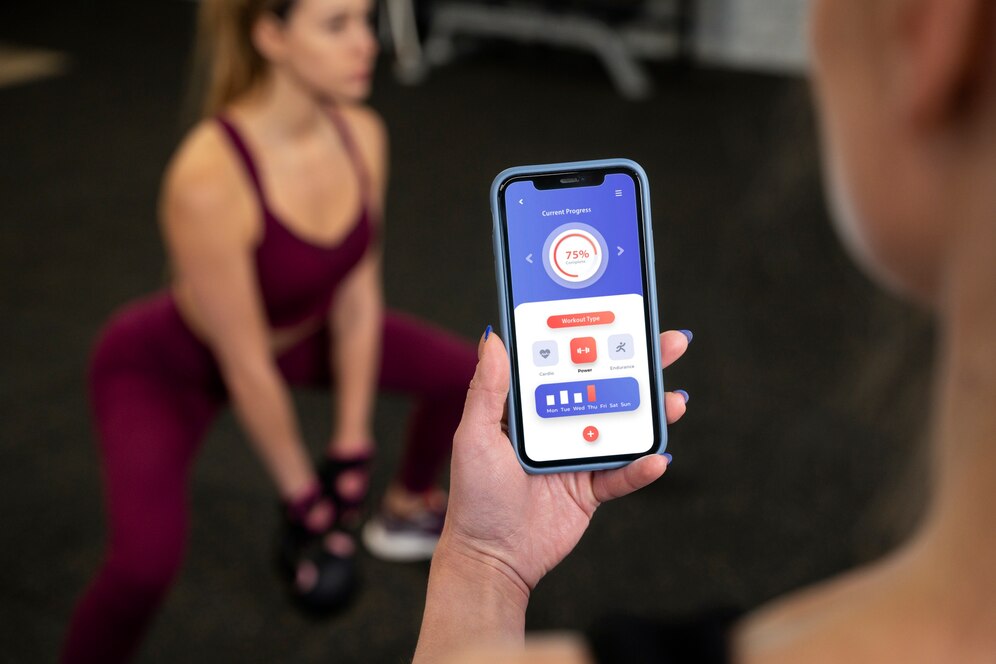
Final Thoughts
- A fitness app is useful for trainers and gym owners who want to provide their clients with comfort and modernity.
- Having your own fitness app increases your professional image and promotes your brand as a gym owner or personal trainer.
- There are many features of fitness apps, among others: tracking progress, educational materials and meal plans in diet and nutrition apps.
- There are 13 steps to follow if you want to create your own fitness application.
- If you don’t know how to create your own fitness app, outsource the service.
- Think about the monetization model at the very beginning of the whole app development process.
FAQ:
How much can I earn on my own fitness app?
If you are a beginner in the world of technology, don’t expect an immediate outcome. Yet, below there is a list of some of the most downloaded fitness apps and their revenues in 2021. Gives hope, doesn’t it?
- Fitbit: 111 million registered users – $1.21 billion
- MyFitnessPal: 200 million users – $171 million
- Strava: 76 million users – $167 million
- Peloton: 5.9 million users – $4.02 billion
- AllTrails: 30 million users – $3.8 million
- Sweatcoin: 120+ million users – $19.3 million
How much does it cost to start a fitness app?
According to fitness app branch materials, fitness app development when hiring a developer can cost you about 10-20 000 $ and take 3-6 months. Not to mention additional costs for maintenance. So… building your own fitness app this way can ultimately cost as much as 6-figures.
Is a fitness app profitable?
Fitness apps can make money in different ways, like showing ads, charging for subscriptions, or letting users buy goods and services in the app. Some apps make a little money, while others make a lot, ranging from a few thousand dollars to millions each year, depending on how many people use the app and how engaged they are with it.
How do I create a health and wellness app?
You’re probably asking this question because you’re not an IT person. However, if you want to have your own workout app, you have two options. Outsource its creation to a developer, which costs from 60 000 $ to 70 000 $, or introduce a ready-to-use app builder dodać link.
How do you make money from a fitness app?
Paid apps require users to pay an upfront cost to download or access the app’s full features, providing immediate revenue for the developers.
Sponsored content involves displaying promotional material within the app, generating revenue from advertisers based on views, clicks, or conversions.
In-app purchases offer users the option to buy virtual goods, additional features, or premium content within the app, generating revenue through microtransactions.
Subscription models provide users with ongoing access to premium features or content for a recurring fee, ensuring a steady stream of revenue for developers.

